Uttar Pradesh Switch to Hindi
BBAU Gets Patent Bioplastic
Why in News?
A scientist from Babasaheb Bhimrao Ambedkar University (BBAU), Lucknow has been granted a patent by the Government of India for the technology of making bio-plastic.
Key Points
- This technology uses cow dung and a special type of bacteria to produce biodegradable plastic.
- Bottles, polybags and other useful items can be made from this bio-plastic .
- This plastic is based on polyhydroxy butyrate (PHB), a naturally degradable bio-plastic.
- Earlier, PHB was produced mainly from biomass such as sugarcane, maize, wheat, rice and banana peels, but its commercial use was limited due to high cost and expensive raw materials .
- But BBAU scientists have developed a modified cow-dung-based medium, which reduces the cost of PHB production by 200 times .
- Traditional plastic takes thousands of years to decompose, whereas the bio-plastic developed by BBAU scientists decomposes in just 40-50 years and does not cause any harm to the environment .
- In the backdrop of global warming and impact of plastic pollution on biodiversity, this research paves a new path towards environmental protection.
Bio-Plastic
- Bio-plastics are derived from renewable organic sources such as sugarcane, corn, etc, while traditional plastics are made from petroleum. They are not always biodegradable or compostable.
- Bio-plastics are produced by extracting sugar from plants such as corn and sugar cane and converting it into polylactic acid (PLA). Alternatively, they can be made from polyhydroxyalkanoates (PHA) from microorganisms that are then polymerised into bio-plastics .
- The production of bio-plastics absorbs carbon dioxide (CO2) and contributes to a neutral or potentially negative carbon balance, helping to reduce the carbon footprint compared to fossil-based plastics.
- Unlike conventional plastics, bio-plastics do not contain harmful chemicals like phthalates, which are considered hazardous to human health.
- Bio-plastics are as strong and durable as traditional plastics, making them ideal for use in a variety of applications such as food packaging, agriculture and medical supplies.

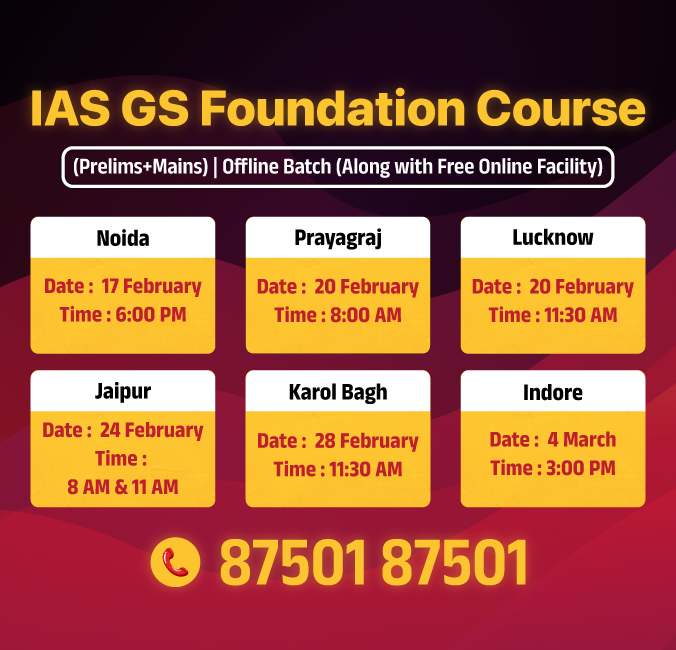
Uttar Pradesh Switch to Hindi
Chief Minister's Mass Marriage Scheme
Why in News?
The Uttar Pradesh government has made changes in the Chief Minister Mass Marriage Scheme to provide relief to poor and needy families who are unable to bear the expenses of the marriage of their daughters.
Key Points
- About the Scheme:
- Under the Chief Minister Mass Marriage Scheme, now assistance of Rs 1 lakh will be given which will be distributed in three parts:
- Rs 75,000 will be transferred directly to the girl's bank account .
- Rs 10,000 will be given for clothes, gifts and essential items .
- Rs 15,000 will be given to spend on organizing the wedding .
- In order to promote religious harmony and social respect, the State Government has been running the Chief Minister Mass Marriage Scheme since October 2017.
- Under the scheme, marriage ceremonies are conducted according to the customs and traditions of different religions and communities .
- It also aims to eliminate unnecessary display and wastage in marriage functions
- This scheme is for the poor, Scheduled Caste (SC), Scheduled Tribe (ST), Other Backward Classes (OBC) and minority communities.
- Arrangements for marriage of widows, abandoned and divorced women have also been made under this scheme.
- There is a provision for registration at the level of municipal bodies and Panchayati Raj institutions.
- Registration of minimum 10 couples is necessary for organizing mass marriage .
- Under the Chief Minister Mass Marriage Scheme, now assistance of Rs 1 lakh will be given which will be distributed in three parts:
- Eligibility:
- The age of the girl should be 18 years and the age of the boy should be 21 years or more.
- Both the bride and groom should be permanent residents of Uttar Pradesh .
- The annual income of the family should be within the limit set by the government.

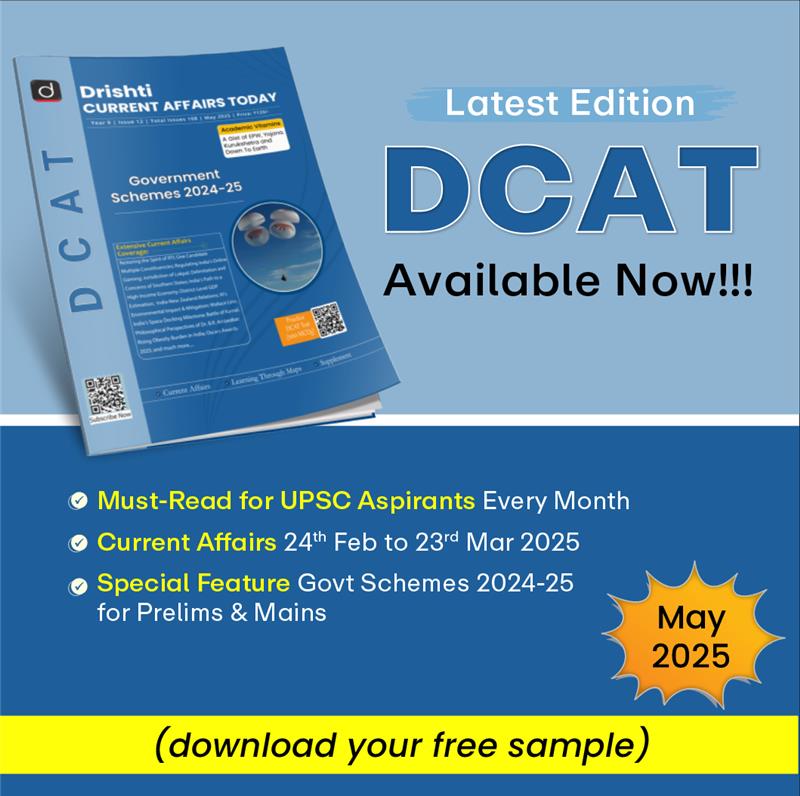

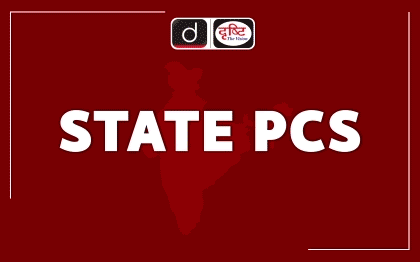
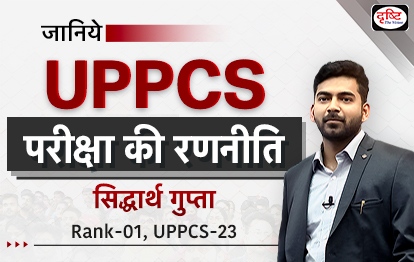
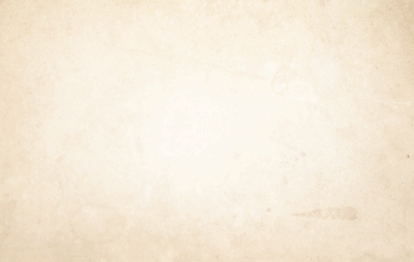




%20MPPCS%202025%20Desktop%20E.jpg)
%20MPPCS%202025%20Mobile%20E%20(1).jpg)

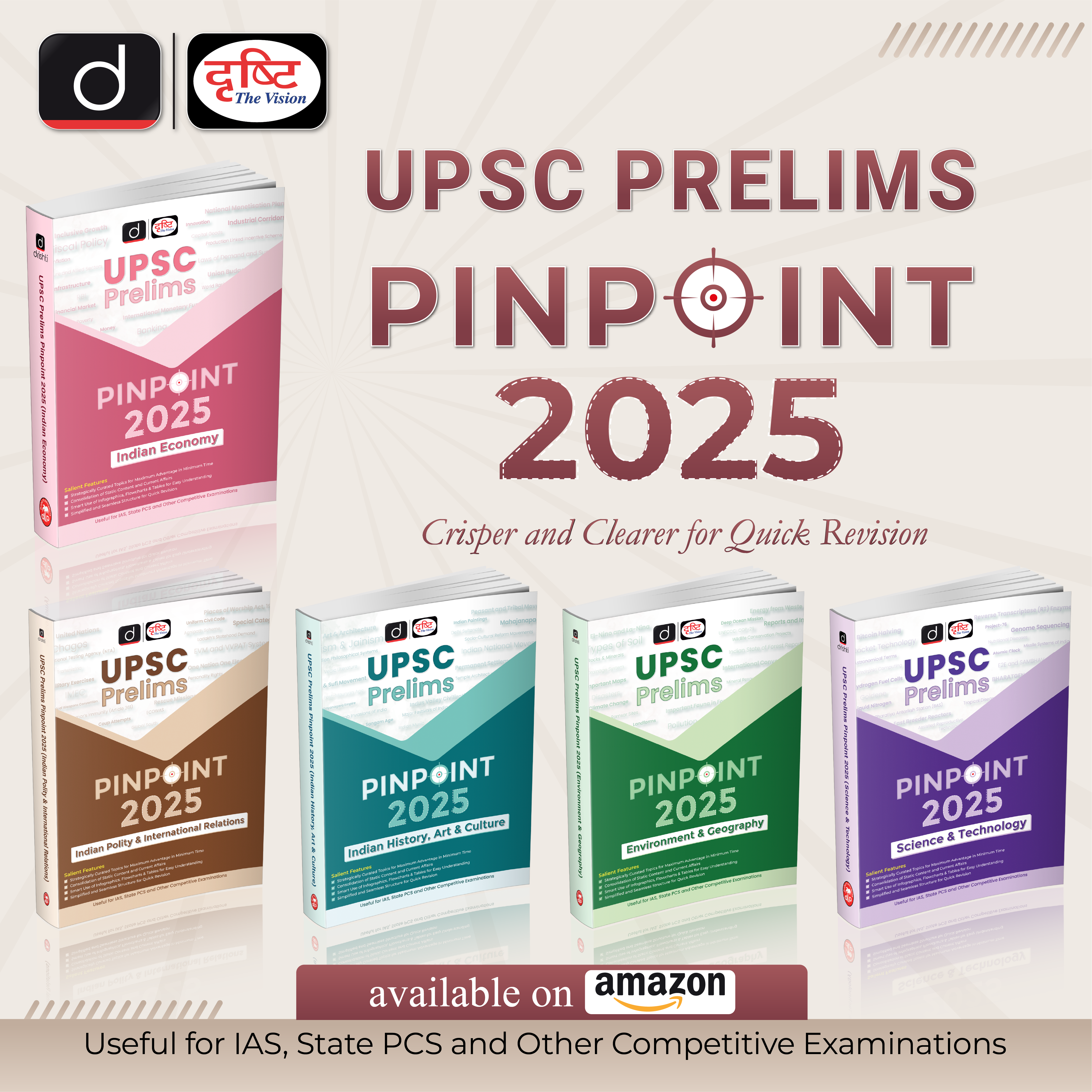







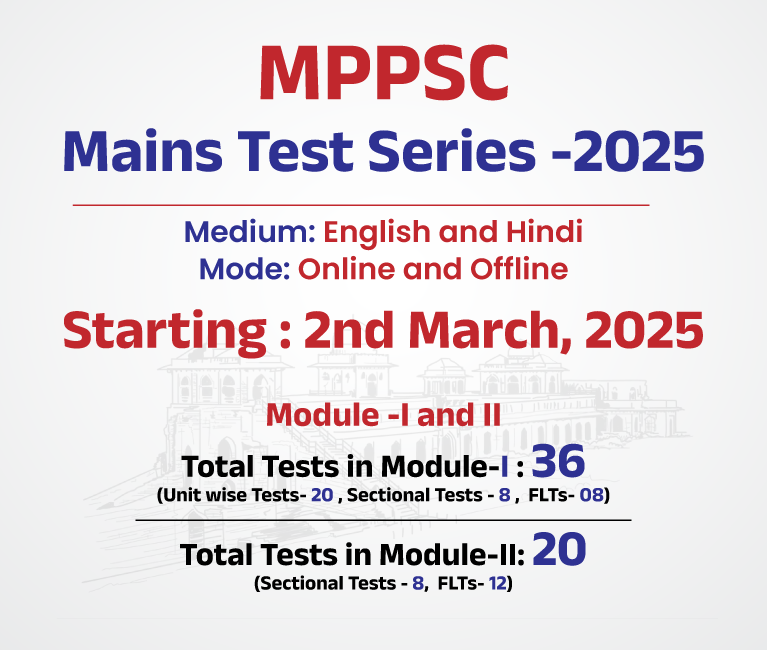
.png)
.png)

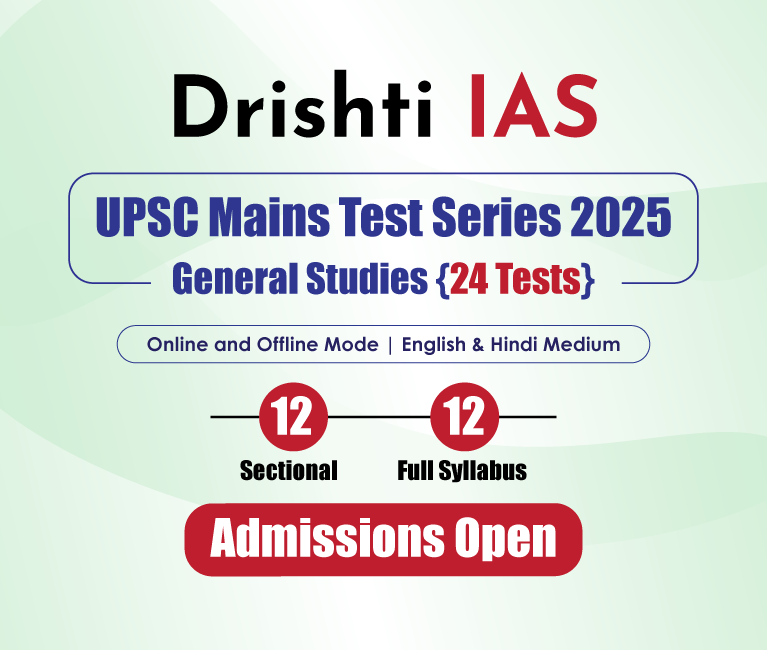



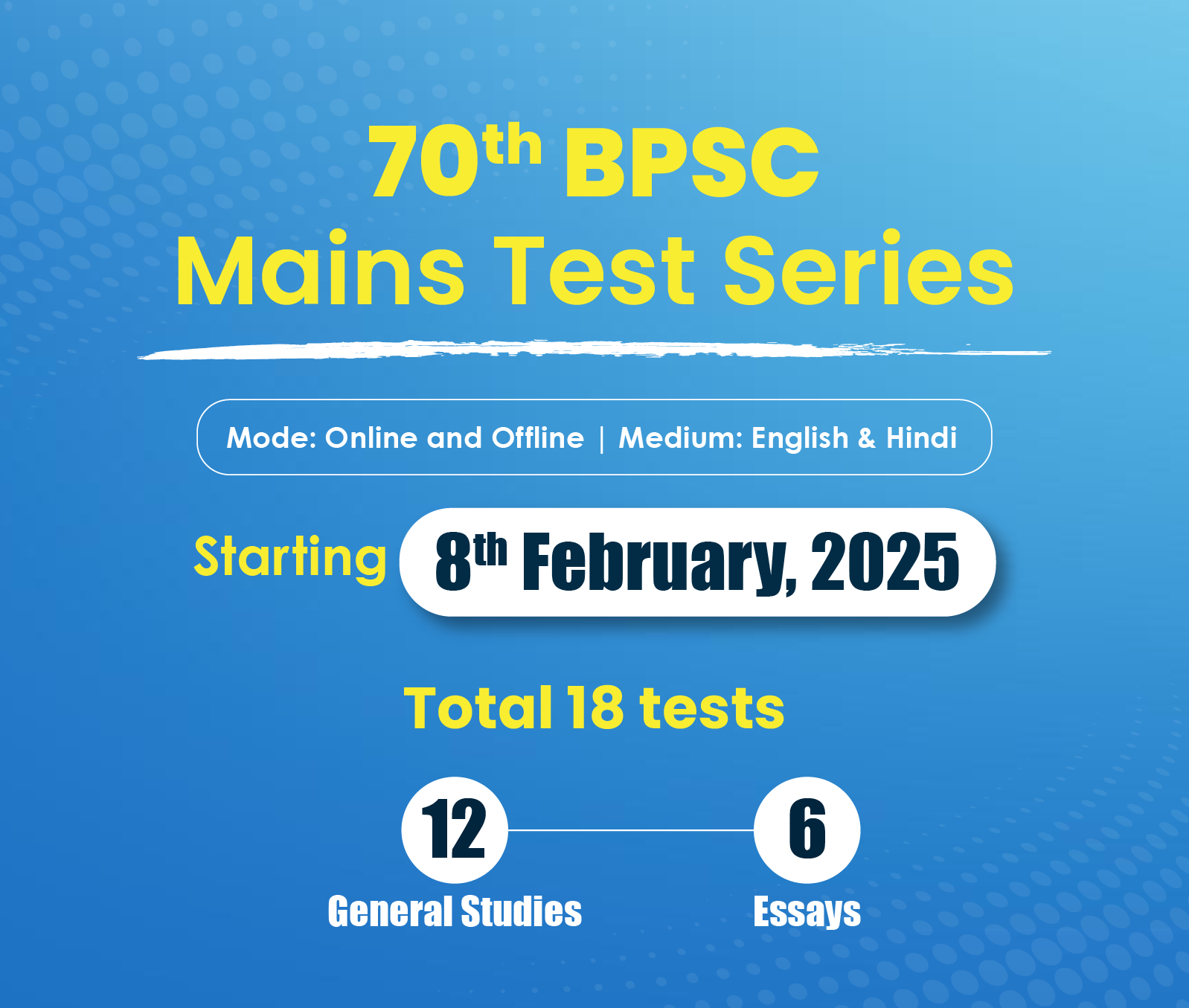





 PCS Parikshan
PCS Parikshan

